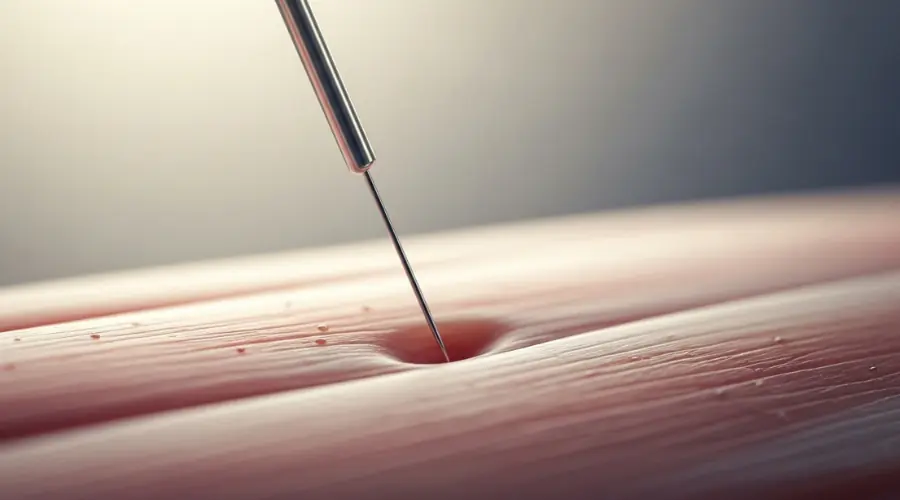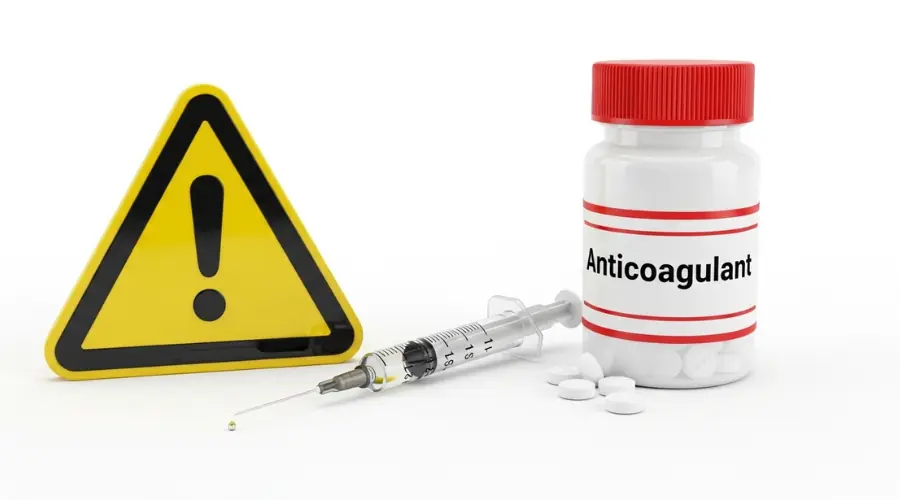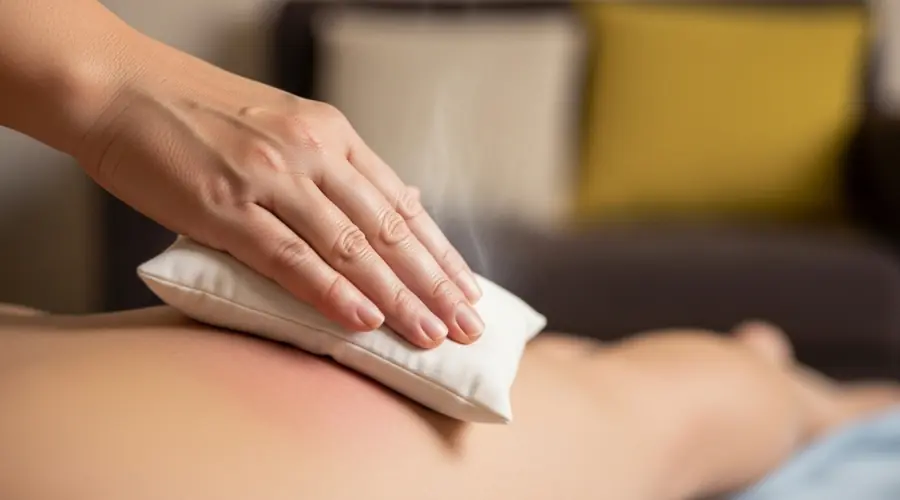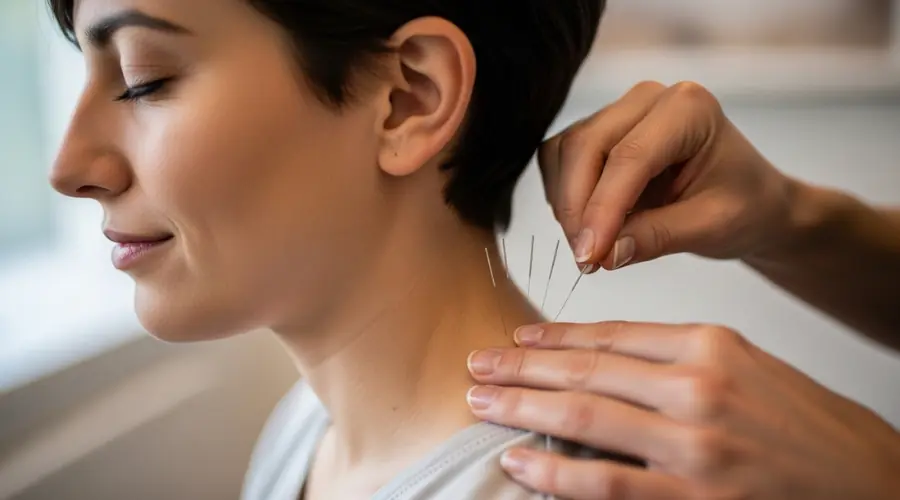Physical therapy is continually evolving, offering innovative techniques to manage pain and restore function. One such method that has gained significant traction is Dry Needling (DN).
It is a highly effective, evidence-based treatment used primarily for managing musculoskeletal pain, particularly that associated with myofascial trigger points—those tight, palpable knots in muscles that often cause both local and referred pain.
Dry needling involves the insertion of a thin, filiform needle directly into the muscle tissue, targeting these myofascial trigger points or taut bands. The needle does not inject any medication, hence the term "dry." The primary goal is to elicit a Local Twitch Response (LTR), a spinal reflex that helps to normalize the chemical environment of the trigger point, leading to muscle relaxation, reduced pain, and improved movement. However, to perform it safely, it requires a deep understanding of human anatomy.
The Purpose of Dry Needling in Physical Therapy
The core objective of dry needling in a physical therapy setting is to rapidly improve pain and function. Specifically, it is used for the following:
- Deactivating Myofascial Trigger Points: By eliciting the LTR, DN helps to mechanically and chemically disrupt the active trigger point.
- Decreasing Musculoskeletal Pain: This method stimulates natural pain-relieving chemicals (endorphins) and alters the local chemical environment, leading to a significant reduction in chronic and acute pain.
- Improving Range of Motion and Flexibility: Releasing taut muscle bands helps to restore the muscle to its normal length, immediately improving movement.
- Accelerating Healing: The micro-trauma from the needle insertion increases blood flow to the area, promoting a localized inflammatory response essential for tissue repair.
For patients considering this procedure, it is crucial to understand all facets, including the potential adverse reactions. The discussion of the Dry Needling side effects is a critical part of this treatment process and ensures patients can weigh the benefits against the risks.

Common Side Effects of Dry Needling
When performed correctly, Dry Needling side effects are generally mild, temporary, and expected. It is important to know that these reactions are typically minor, transient, and a sign that the body is responding to the treatment. They are common, affecting an estimated 1-10 out of every 100 people treated, and should generally resolve within 24 to 48 hours.
Temporary Pain or Tenderness at the Needle Site
This is the most frequent side effect. Patients often describe a deep ache or a sensation similar to an intense muscle cramp during the insertion, followed by post-treatment soreness. This discomfort is due to the mechanical disruption of the trigger point and the localized inflammatory healing response it initiates. The sensation is often likened to the feeling after an intense workout and typically disappears within a day or two.
Minor Bruising or Swelling
Inadvertent puncture of a small blood vessel beneath the skin can lead to minor bruising (hematoma) or a small amount of bleeding during or immediately after needle removal. This is more likely in areas close to superficial blood vessels or in patients with sensitive skin. The bruising is generally superficial, harmless, and will fade just like any other bruise over a few days to a week. Local swelling is also possible as part of the body's natural inflammatory reaction to the treatment.
Muscular Fatigue or Aching
A feeling of generalized fatigue, grogginess, or muscle ache can occur in the hours following treatment. This systemic response is believed to be due to the release of toxins and the nervous system recalibrating after the intense local stimulation. Resting and proper hydration are key to managing this effect.
Lightheadedness or Temporary Dizziness
Some individuals may feel slightly lightheaded, dizzy, or "out of it" immediately following the procedure. This is often a mild, transient response, possibly related to a minor vasovagal reaction (a sudden drop in heart rate and blood pressure). Your physical therapist will ensure you rest briefly and are stable before leaving the clinic.
Surface Bleeding
A small drop of blood may appear when the needle is inserted or removed, especially if a tiny capillary is nicked. This is usually managed instantly by the therapist with a small piece of cotton or pressure and is rarely a concern.

Factors Increasing the Risk of Side Effects
Certain patient-specific factors can slightly elevate the risk of experiencing adverse effects. A comprehensive initial assessment by the physical therapist is crucial to identify these risks.
- Use of Blood-Thinning Medications: Patients taking anticoagulants (like Warfarin, Heparin, or even high doses of Aspirin) have an increased risk of bruising and more pronounced bleeding at the insertion site.
- Compromised Immune System or Local Infection: A patient with a weakened immune system or an active skin infection near the treatment area has a higher risk of developing a localized or systemic infection.
- Severe Anxiety or Needle Phobia: Extreme anxiety (trypanophobia) significantly increases the likelihood of a vasovagal response (fainting). Open communication with your therapist about any fears is vital.
- Inexperience of the Practitioner: This is arguably the most significant risk factor. A lack of proper training and anatomical knowledge is the primary cause of rare but serious complications, such as pneumothorax. The expertise of the practitioner is key to safety.

Aftercare Following Dry Needling
Optimal recovery and minimization of post-treatment soreness depend on the care taken immediately after the session. Following these simple steps will help maximize the therapeutic benefits and reduce the severity of any potential Dry Needling side effects.
- Rest and Activity: Engage in relative rest for the remainder of the day. Avoid strenuous or intense physical activity, heavy lifting, or high-impact exercise for at least the next 24 hours. Light activity, such as walking, is fine and can help prevent muscle stiffness.
- Hydration: Drink plenty of water (more than usual) in the 24 hours following the procedure. This is thought to help flush out metabolic waste products released from the trigger points, which may reduce post-session soreness.
- Heat or Cold Application: For muscle soreness, apply moist heat (like a warm compress or bath) for 15-20 minutes, as heat generally promotes blood flow and muscle relaxation. However, a cold pack or ice can be used if you have noticeable bruising or swelling, as cold helps minimize inflammation.
- Follow-up Plan: Adhere to the recommended schedule for your next dry needling or physical therapy session. Consistent treatment is often necessary to achieve long-term relief.
When to Contact Your Physical Therapist or Doctor?
While most post-needling symptoms are mild, you should know when a symptom warrants professional medical attention. Immediate contact with your physical therapist or physician is necessary if you experience any of the following:
- Signs of Infection: Persistent or worsening redness, warmth, swelling, or discharge (pus) at the needling site, especially if accompanied by a fever.
- Unusual Bleeding or Bruising: Severe, excessive bleeding that does not stop with pressure, or a rapidly expanding, extremely painful hematoma.
- Persistent Neurological Symptoms: Continuous, non-resolving numbness, tingling, or weakness that lasts longer than a few hours.
- Chest or Breathing Issues: Shortness of breath, difficulty breathing, or sharp chest pain, particularly if the needling was performed in the upper back or neck region.
Strategies to Minimize or Prevent Side Effects
The best defense against adverse effects is choosing a qualified provider and ensuring all precautions are taken.
- Choose a Licensed and Trained Physical Therapist: Only receive dry needling from a healthcare professional—like a Physical Therapist (PT)—who has undergone extensive post-graduate, specialized training and is licensed to perform the procedure in your region. Ask about their credentials and experience.
- Sterile Technique: The practitioner must use sterile, single-use, disposable needles for every treatment and maintain strict hygiene protocols (hand washing, skin sterilization) to eliminate the risk of infection.
- Comprehensive Screening: Always provide a complete and honest medical history to your therapist, including all medications (especially blood thinners), any history of infectious diseases, or extreme needle anxiety. This allows the therapist to adjust the technique or determine if the treatment is appropriate for you.
- Correct Technique and Anatomical Knowledge: The foundation of safe dry needling is the therapist's expert knowledge of human anatomy. They must use appropriate techniques, such as the pincer grip or needling toward bone, in areas near vital organs like the lungs to ensure patient safety.

When Dry Needling Is Not Recommended (Contraindications)
While generally safe, dry needling is not suitable for everyone. Certain conditions make the procedure riskier or inappropriate.
- Bleeding or Coagulation Disorders: Individuals with hemophilia or those on high-dose blood thinners should generally avoid dry needling due to the high risk of uncontrolled bleeding and significant bruising.
- First Trimester of Pregnancy: While dry needling is generally not associated with adverse effects in pregnancy, it is often avoided in the first trimester, particularly in the low back and abdominal areas, as a precaution.
- Local Skin Problems or Active Infection: Needling should never be performed through an area of skin lesions, open wounds, active cellulitis, or infection.
- Severe Needle Anxiety (Trypanophobia): For patients with a debilitating fear of needles, the stress and risk of a vasovagal response outweigh the potential benefits, and alternative therapies should be considered.
- Inability to Consent or Cognitive Impairment: The patient must be able to understand the procedure, its risks, and willingly give their informed consent.
Conclusion
Dry Needling is a powerful, science-backed technique that, when used appropriately by a skilled physical therapist, can be remarkably effective in reducing chronic muscle pain and restoring functional movement. The good news is that the vast majority of patients experience only the most minor and temporary Dry Needling side effects, such as mild soreness, bruising, or fatigue. These effects are a normal part of the healing process and typically resolve quickly.
To ensure the safest and most beneficial experience, your most important step is to choose a reputable physical therapy clinic and a therapist with specialized, documented training in dry needling. By prioritizing expert care and sharing your medical history with the physical therapist, you can confidently utilize this advanced treatment as a valuable tool on your path to recovery and a pain-free life.
Ready to find relief safely? Contact us to schedule your appointment with a certified Dry Needling expert.



